Latin name: (Geranium)
Category: perennial medicinal herb
Origin: South Africa
Bright beautiful geranium
The name of the flower can be translated from Greek as a crane and indeed the fruits of geraniums look like a crane's beak.
Did you know that early geranium was a wild plant and grew in the fields. Now this flower is a useful and beautiful plant that can grow indoors and outdoors. Crail flowers are predominantly pink, red, blue, purple, white. The inflorescence of the plant consists of five buds. The leaves can be velvety and smooth.
Geranium perfectly cleans the air of dust and chemical compounds that emit plastic products and furniture.
The plant looks like a shrub. The maximum height of a geranium can be 60 cm.
The essential oils that come from the flower kill many bacteria. Thanks to bactericidal substances, indoor geranium takes pride of place among other flowers in terms of protection against microorganisms, including staphylococci.
In nature, there are 400 species of various beautiful rolls. In the course of their work, breeders have bred many new varieties and hybrids of kalachik, which have differences in configuration, coloring of leaf plates of inflorescences.
Pelargonium and geranium belong to the Geranium family - herbaceous plants and shrubs growing everywhere, but most often in temperate climates.
In the south of Australia and Africa prevail in the mountains. Flowers grow in the form of umbrella brushes, curls. Leaf margins are either entire or serrated. The flowers are large, bright, purple, pink, usually have ten stamens.
Did you know that plants like pelargonium and geranium are different?
Early breeders repeatedly talked about distinctive plant species. Pelargonium was very popular among flower growers, but it was called geranium. The conclusion on this issue was made by the great outstanding Carl Linnaeus, the developer of the first classification of the plant world. The scientist classified them in one category. Modern science has also added flowers to the geranium family.
Based on these discoveries, the small blue flowers on the lawns and the excellent scarlet flowers in pots that grow at home turn out to be relatives. A friend from the lawn provided the name of a beautiful pelargonium. The scientific justification does not change the beauty of flowers. This is how the original geranium took root on the windowsills of apartments and houses, bringing pleasure and joy to their owners with its attractive and luxurious beauty.
A distinctive feature between flowers is thermophilic pelargonium, and winter-hardy geranium.
And the difference between flowers is in the structure of the flower. Kalachika flowers of the correct symmetrical, collected in a semi-umbrella form. In pelargonium, on the contrary, flowers with bilateral symmetry, collected in umbrellas. Another noticeable difference in pelargonium is that the lower leaves are smaller than the upper ones.
Geranium wild species of purple, lilac, blue, white shades. Scientists have created garden types of flowers in pink, raspberry, black. Garden geraniums feel comfortable and grow well. They have a neat appearance of a bush, for a long time decorative. In winter, they tolerate low temperatures well; forms with only a few imported varieties can freeze slightly.
Particularly popular varieties with orange and lemon scent, rose scent, nutmeg. The most popular varieties are geranium (crane), stork (robber) and pelargonium. Pelargonium is used to make essential oil, which is used in perfumery and medicine.
Oils, phytoncides, tannins, organic acids, microelements contained in geraniums bring only benefits. There is no poison either in the roots, or in the flowers, or in the leaves of the geranium. Based on this, geranium does not apply to poisonous plants.
Crail improves blood circulation in humans. Oil reduces pain and inflammation, promotes rapid healing of wounds, burns, eczema. And also these amazing flowers contribute to the distribution of melanin and prevent the appearance of scars and spots on the skin.
The aroma of geranium relieves headaches, tension, and normalizes sleep. In a house where pelargonium blooms on the windows in abundance, there is love and prosperity. Early healers with the help of geraniums cured not only the common cold, but also chronic diseases of the nervous system, stomach and intestines. To avoid neurosis, neurasthenia, muscle tension helps a bath with a warm decoction of this flower.
Geranium varieties
Central European or common geranium (Geranium phaeum)
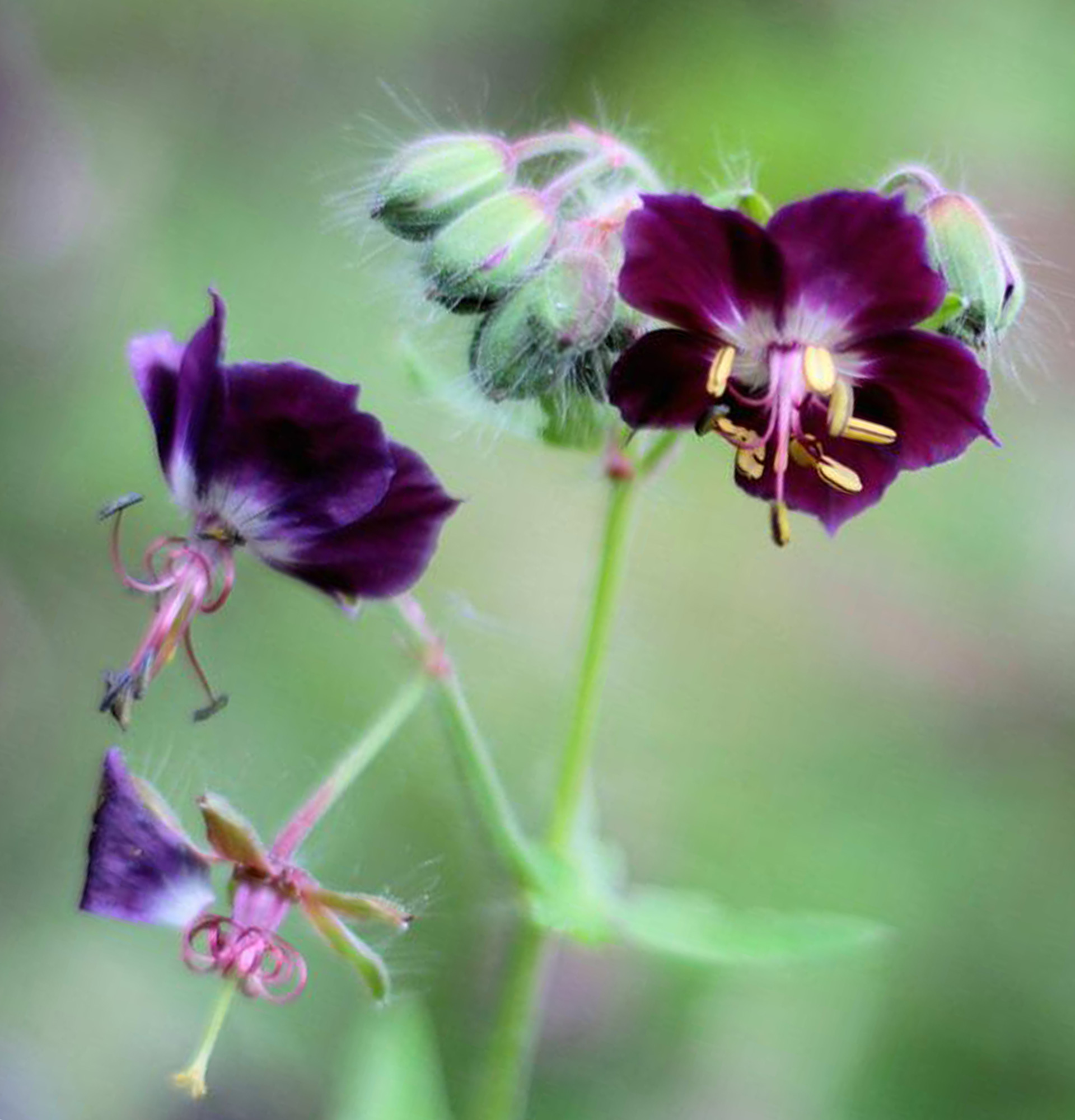 Its leaves are green with brown-black spots and deep lobes. Kalachik blooms with purple single small flowers from May to August. In the sun or in light shade, her favorite place. The soil for the flower needs drained and not very fertile. To create repeat bloom, cut a lot after the flower has stopped blooming. Geranium is very hardy, calmly endures the sea wind and polluted air. For butterflies and bees, the flower serves perfectly, they love it very much and often enjoy its flowering.
Its leaves are green with brown-black spots and deep lobes. Kalachik blooms with purple single small flowers from May to August. In the sun or in light shade, her favorite place. The soil for the flower needs drained and not very fertile. To create repeat bloom, cut a lot after the flower has stopped blooming. Geranium is very hardy, calmly endures the sea wind and polluted air. For butterflies and bees, the flower serves perfectly, they love it very much and often enjoy its flowering.
Geranium Pyrenean Ballerina (Geranium cinereum 'Ballerina')
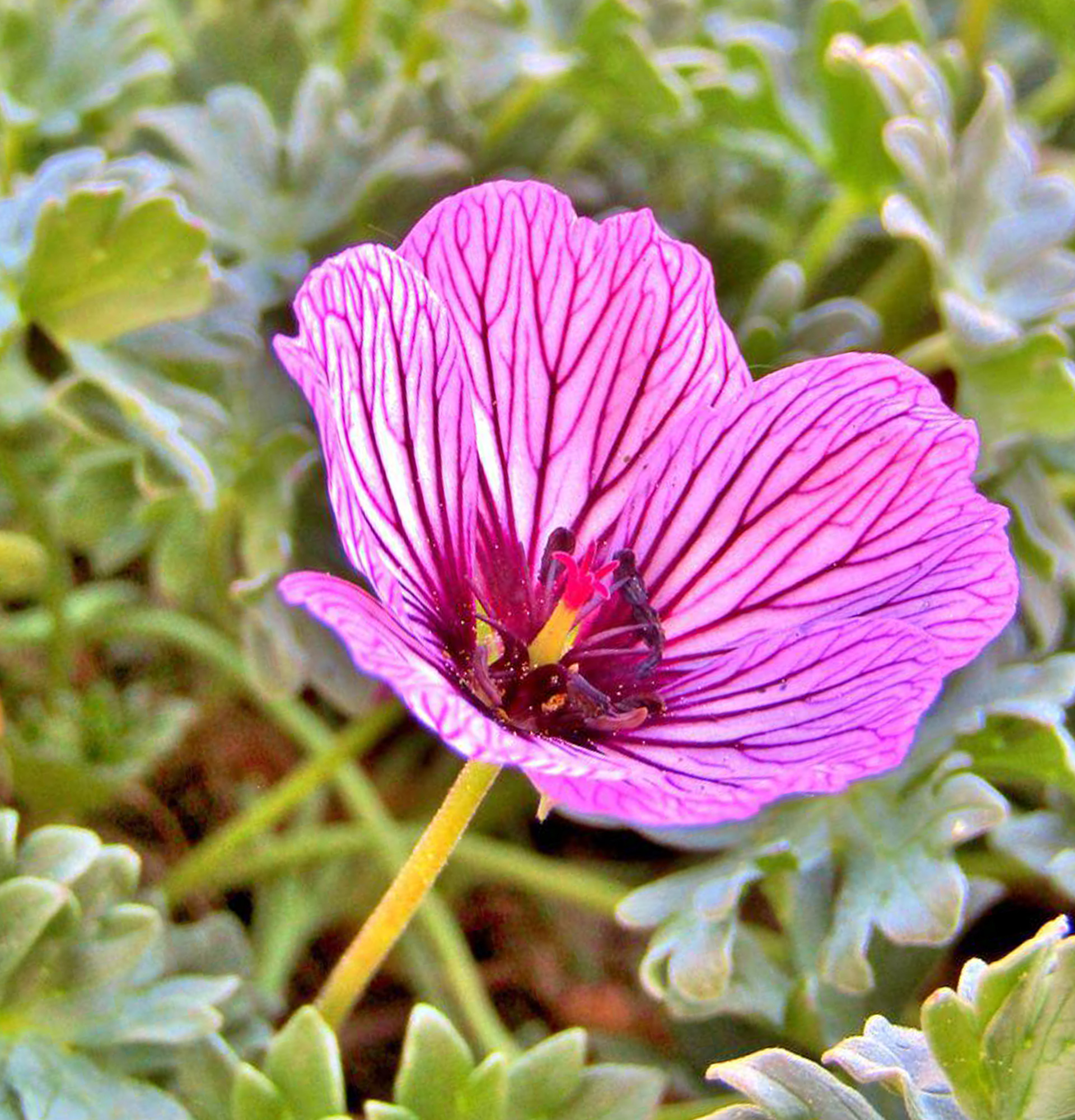 It is a plant with pale pink flowers, with dark purple veins and a dark spot at the base. The leaves are gray-green with deep lobes. The height of the flower is 20-40 cm. It grows in fields, gardens, kitchen gardens, parks on well-moistened soil. The flower should be cut in half if flowering stops. Iberian geranium is great for flower beds, rock gardens.
It is a plant with pale pink flowers, with dark purple veins and a dark spot at the base. The leaves are gray-green with deep lobes. The height of the flower is 20-40 cm. It grows in fields, gardens, kitchen gardens, parks on well-moistened soil. The flower should be cut in half if flowering stops. Iberian geranium is great for flower beds, rock gardens.
Blood red geranium (Geranium sanguineum)
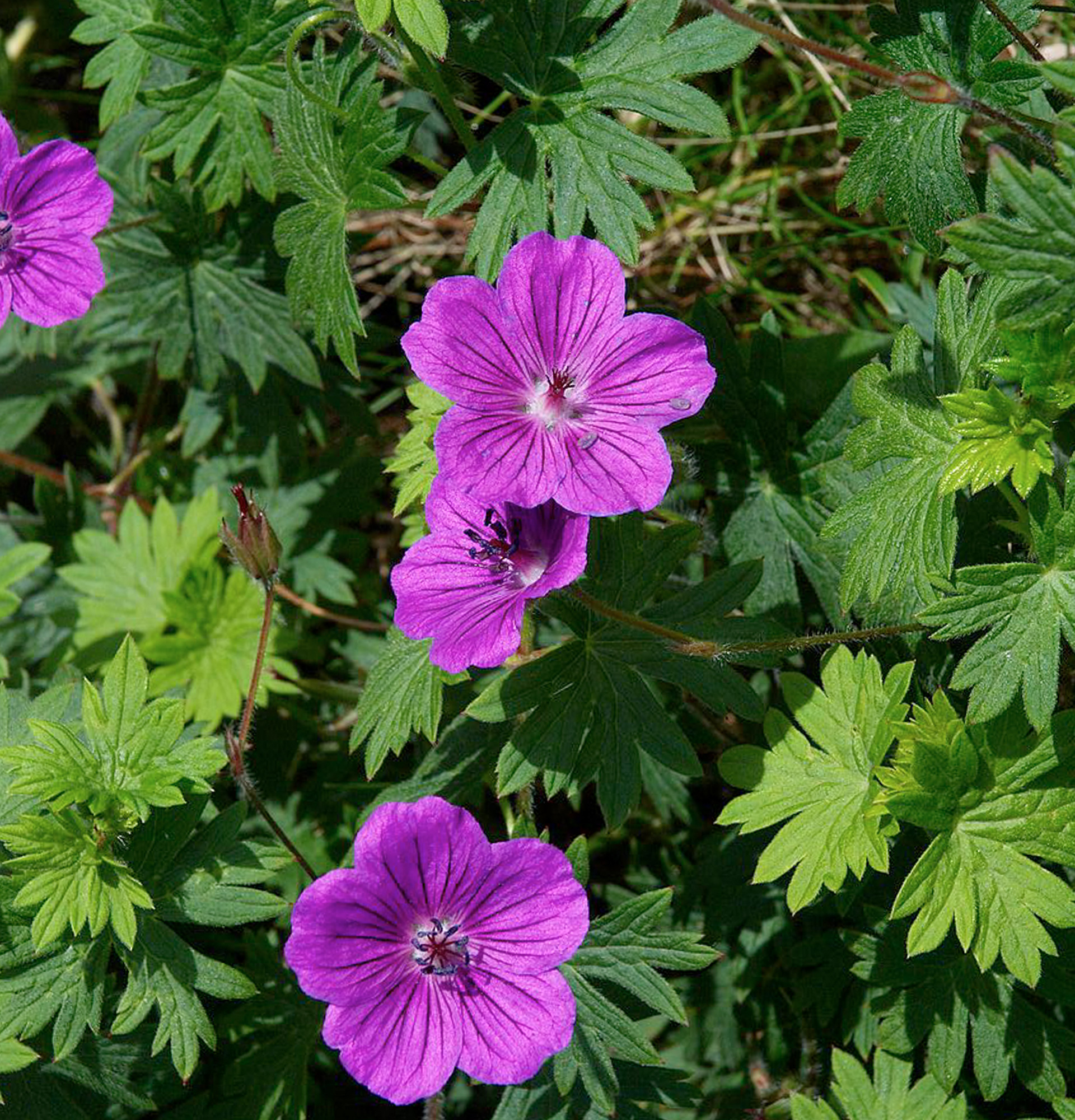 Its stems are stiff and branched. The leaves of the flower are rounded, palmately divided, small, bright green on long petioles. The bush is up to 50 cm high, has a lush and beautiful appearance. The flowers of this species are solitary, light red. Geranium blooms from June to August. Stems change color from green to red in autumn. Beautiful red geranium grows well on borders and rockeries.
Its stems are stiff and branched. The leaves of the flower are rounded, palmately divided, small, bright green on long petioles. The bush is up to 50 cm high, has a lush and beautiful appearance. The flowers of this species are solitary, light red. Geranium blooms from June to August. Stems change color from green to red in autumn. Beautiful red geranium grows well on borders and rockeries.
Geranium care at home
Crail is an unpretentious plant that does not need special painstaking care.
The flower embellishes apartments and houses, thanks to its beautiful flowering, thanks to competent care. But when flowering stops, then you need to make an effort and identify the influencing factor.
Why is the geranium not blooming?
Possible reasons:
- the pot was incorrectly selected in height / width,
- bad soil,
- watered too much or too little
- lack of fertilizer
- the missing amount of light
- pruning done wrong
- did not transplant the ball.
Finding the right reason and doing everything that the geranium needs, it will bring you joy and beauty, decorating your interior.
Temperature
Temperature should be around +20-25℃ in spring, summer and autumn, fluctuate +10-14℃ in winter. The flower does not tolerate drafts, you should choose a suitable place.
Lighting
The plant is very fond of light, and direct sunlight is not terrible for him. Insufficient amount of light harms geraniums, then the leaves become small and pale. The pot should occasionally be turned to form a beautiful flower.
Earth
The soil for geraniums needs a suitable one, bought at retail outlets. And you can also cook it yourself, you need to take 1 part of the leaves and mix with 1 part of the turf, add half of the sand and one and a half parts of humus. Be sure to put the drainage in the pot first, and then the soil.
Watering
Geraniums require well-drained soil. When watering, you should be careful that water does not get on the leaves, and also it should not linger in the pot. The flower does not require spraying, watering the soil is enough for it to grow and bloom.
But too much moisture is not required for the flower. Kalachik is comfortable with moderate and regular watering. Use tap settled, rain and melt water. In summer, geraniums require more frequent watering, in winter, on the contrary, reduce watering, as it needs to be in a calm state.
Transfer
Kalachik needs to choose small pots for good growth, replant only when there is too little space for him. A suitable pot size is 12 cm high and should be 12-15 cm in diameter.
Fertilizers
Geranium is very fond of top dressing. She needs to pick up mineral fertilizers, which are added in the period March-September, twice a month. Specialized fertilizers are also used for the beautiful development of geraniums.
It is advisable to feed the plant in the warm season - once a week, in winter the kalachik grows well even without fertilizing with fertilizers.
Reproduction
In order to propagate the kalachik, you need to cut the cuttings from the top in the spring and plant them immediately in the ground. You can do it differently, put the cuttings first in the water so that the roots appear, and then plant in the soil.
The flower is also propagated with purchased seeds, which germinate well. Collected seeds from geraniums will not work, because hybrid varieties do not have the properties of mother plants. Seeds should be sown in loose and moist soil, and sand or soil should also be sprinkled on top. Then sprinkle the soil with water. It is advisable to impregnate the substrate with a weak solution of potassium permanganate before planting the seeds.
After planting the seeds, the soil is covered with glass. And don't forget to keep the soil moist. In order for the seeds to germinate, it is necessary to maintain a temperature of 18-22℃ and harvest when shoots are visible, then put in a bright place, and the temperature is lowered to 16-20℃. After 45 days, the first leaves appear in the sown seeds, they are planted in separate pots, and when 5 leaves appear, they are pinched for the splendor of the bush.
Pests and diseases
Geranium is a well-known and popular plant that grows in almost every apartment. It is not difficult to grow a flower, but, like every plant, it can be exposed to diseases and pests.
The main cause of kalachik diseases is considered to be errors in care: insufficient or excessive watering, lack or over-fertilization of fertilizers. The following factors also lead to damage to the flower: exposure to drafts, sunlight. Even for a good flower growth, you need a properly selected pot that is suitable in size. An important condition is that flowers with damage do not stand nearby.
There are such diseases of geranium:
- fungus,
- root rot,
- bacterial damage
- leaf rust,
- viral infections.
Fungus
When the fungus is affected, the flower fades, the stems become covered with a film, the leaves are enveloped in gray and brown spots, and then a white fluff appears. The cause of the fungus is an overabundance of watering.
Fungus treatment: cut off damaged leaves and stems, remove the top layer of the earth and loosen the soil, treat with fungicides.
Geranium should be planted in a ceramic pot. Ceramics can absorb excess moisture.
Root rot
Initially, a gray coating appears on the roots, then the coating envelops the entire plant. To save the flower, they transplant it into another pot. The soil and drainage are changed, and watering is reduced.
Bacterial damage
Bacterial damage occurs due to the presence of harmful bacteria on the geranium. Brown spots appear on the flower, and after a while black stripes are visible on the leaves. The leaves then curl up and dry up. Geranium dies mainly with bacterial damage. The main conditions, in order to avoid infection, you need to use good drainage, soil that allows air to pass through, moderate watering.
leaf rust
The cause of leaf rust is also due to abundant watering. Gradually, the roots are enveloped in rot, then the stems and leaves disappear, taking on yellowness. You can help geraniums by watering it with a solution of copper sulfate or fungicides.
Viral infections
The disease of a flower, if it is infected with a viral infection, is very serious. Chlorotic spots appear on the flower, growth stops, stripes and rings appear on the leaves. The flower is no longer amenable to treatment, it should be thrown away so as not to infect other plants.
Geranium destroys indoor pests. The plant is also popular in medicine. It is not difficult to grow a kalachik, observing the right care, the flower will bring beauty and benefit.














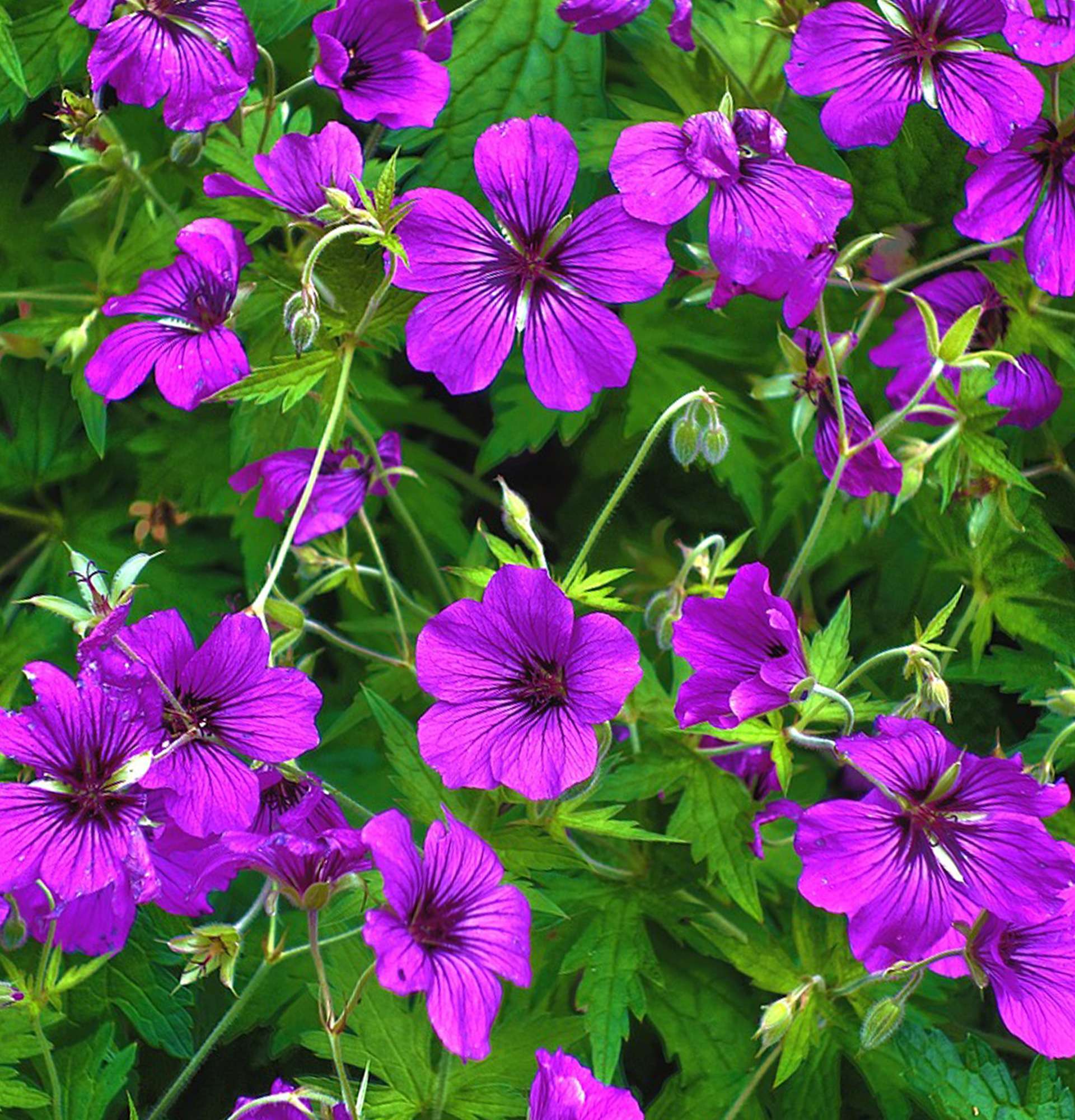
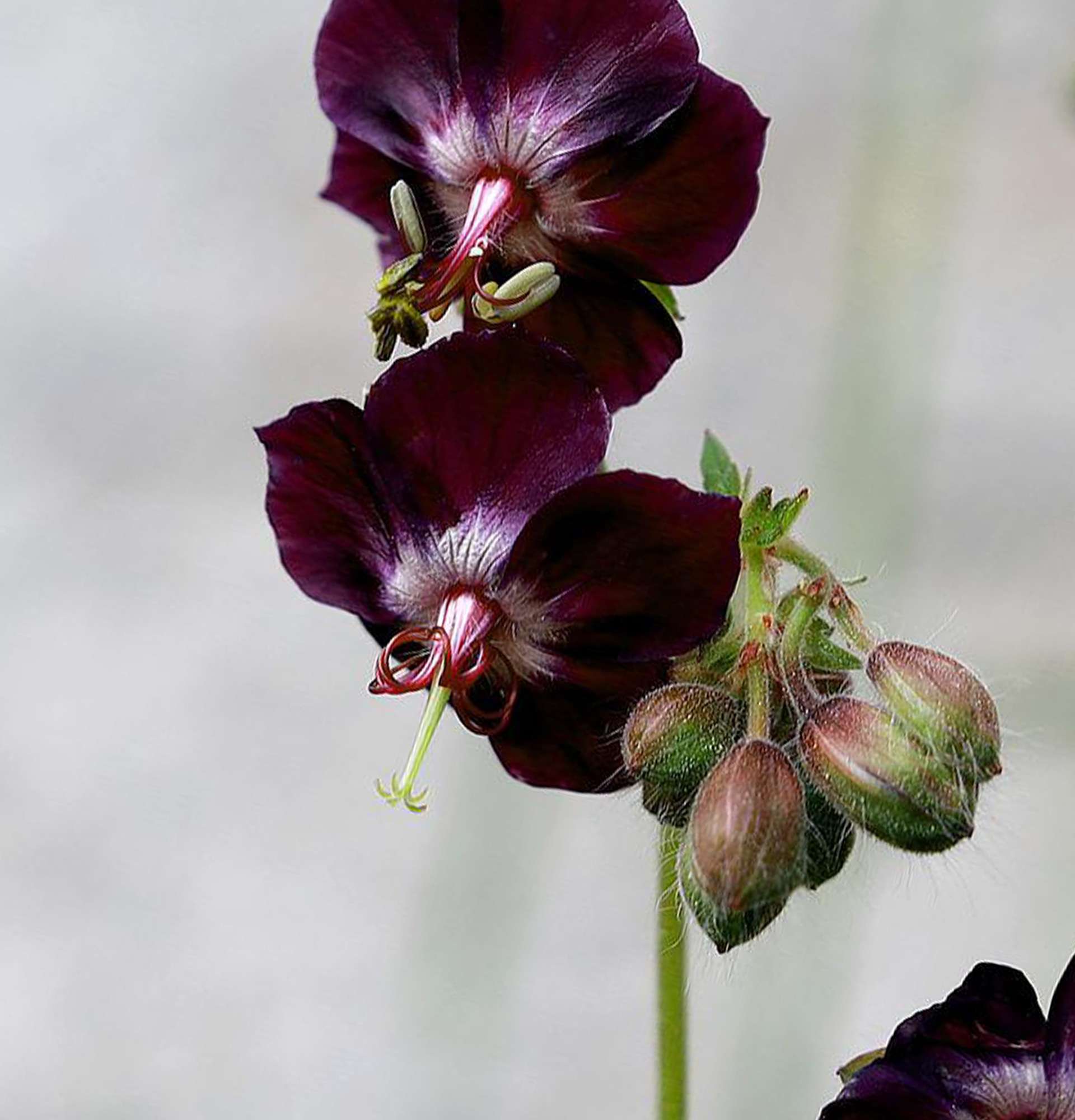
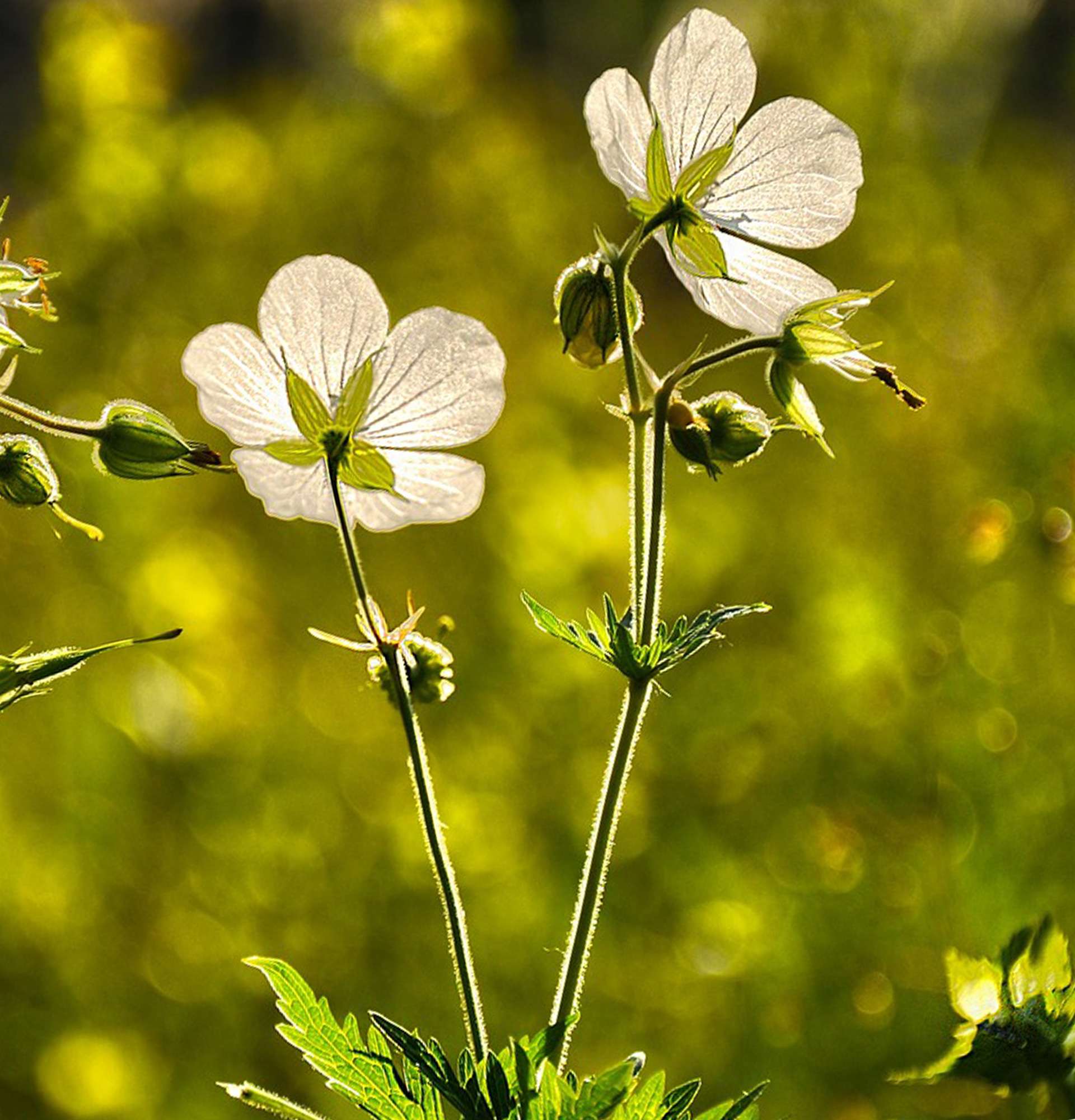
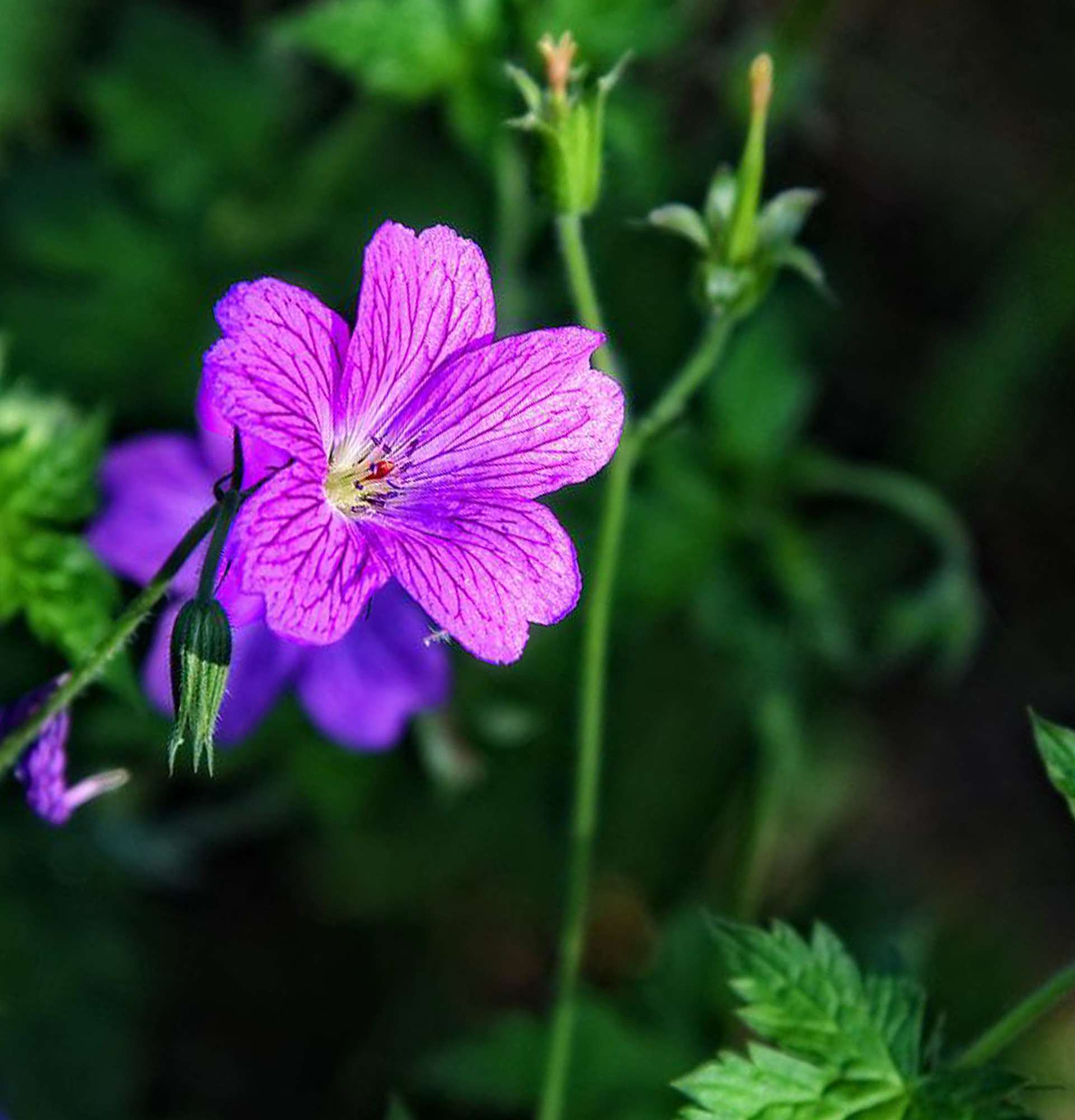
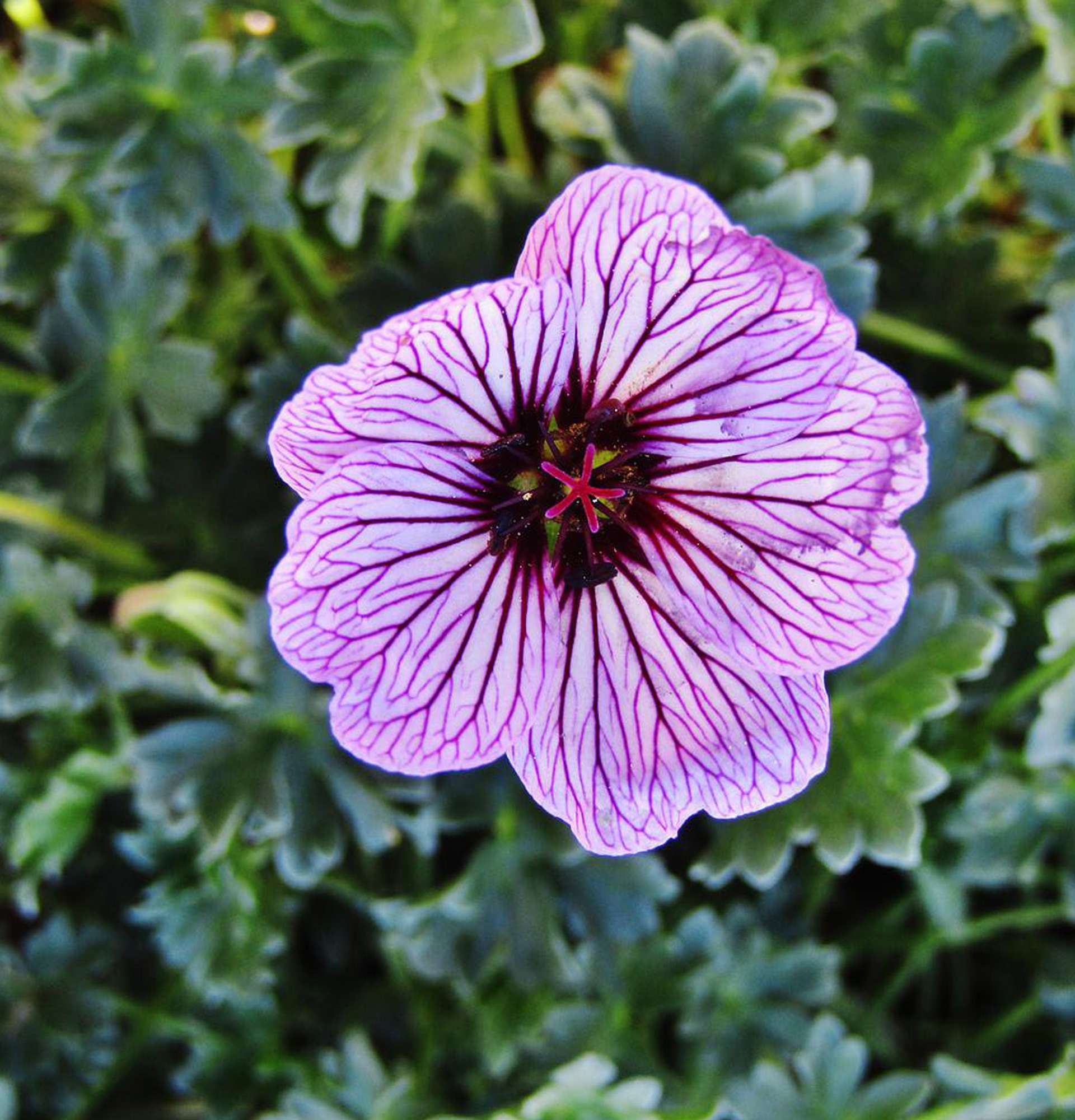

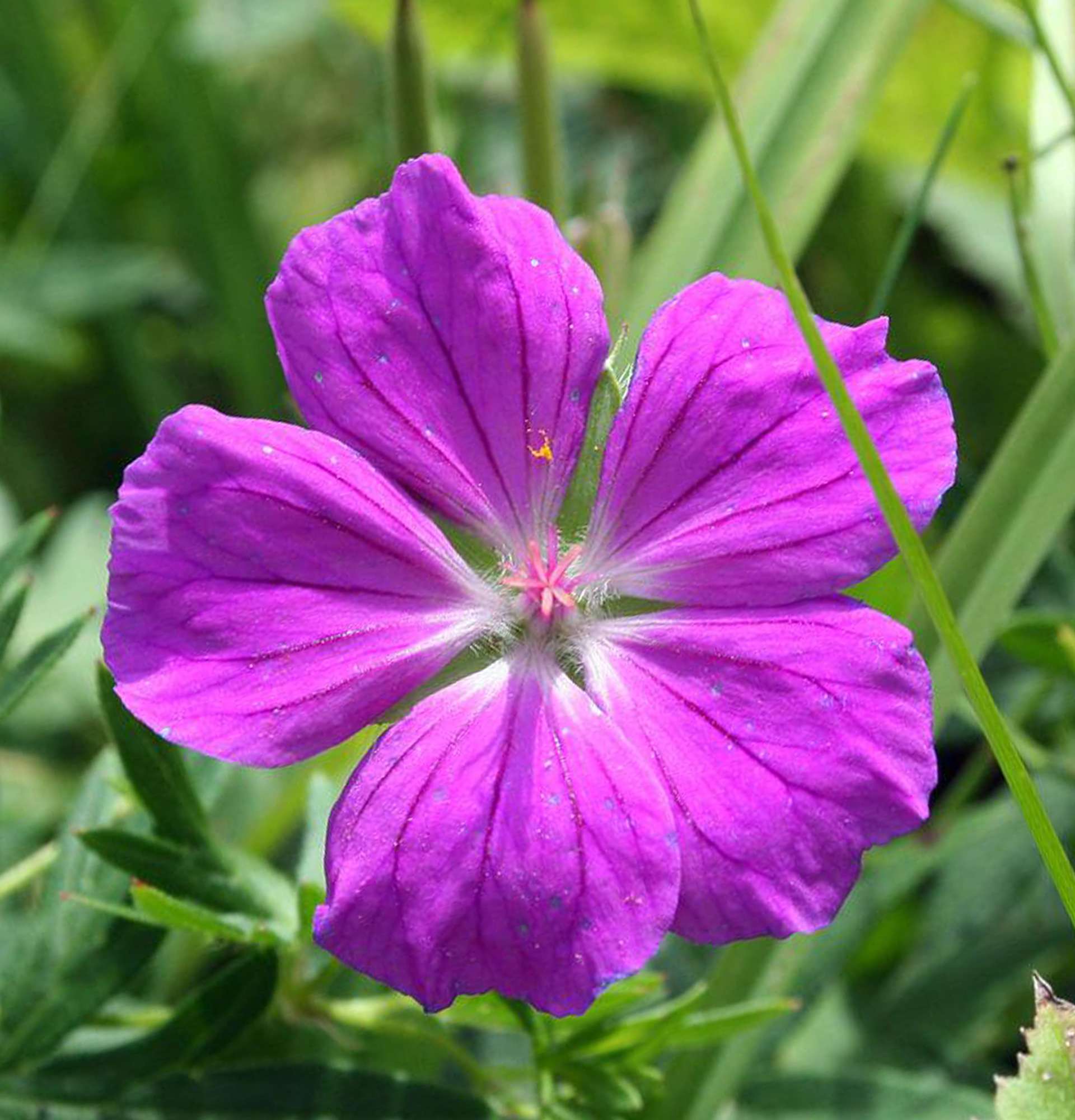
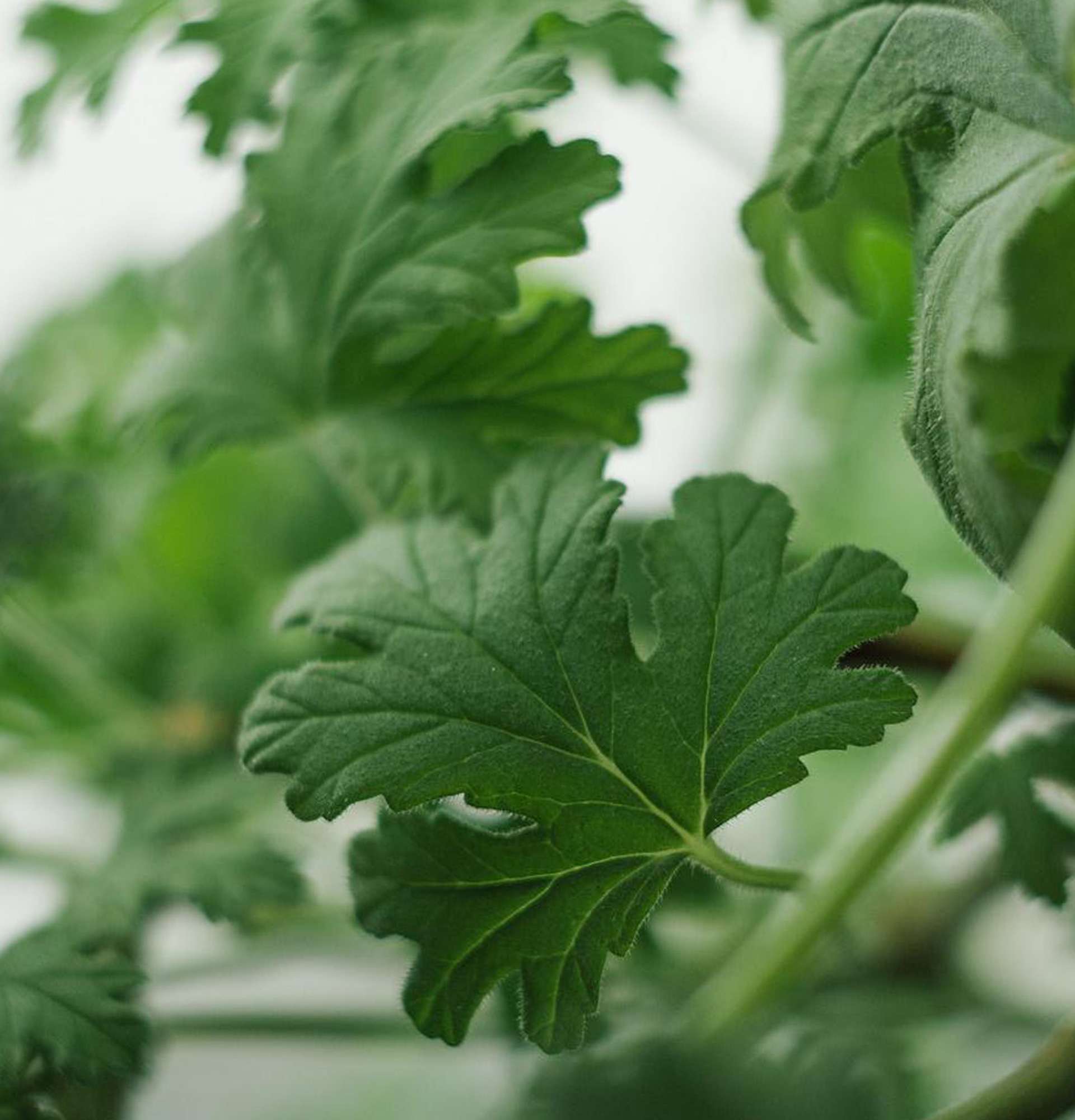
Write comments
Comments